
YDTech® manufacturer 2x2,2.2x2.2, 2.5x2.5, precision bearing rollers sizes(NRA,NRB) and needle rollers stocks! supplier 2x2,2.2x2.2, 2.5x2.5, standard cylindrical rollers or needle rollers stocks(G2,G3) in china.
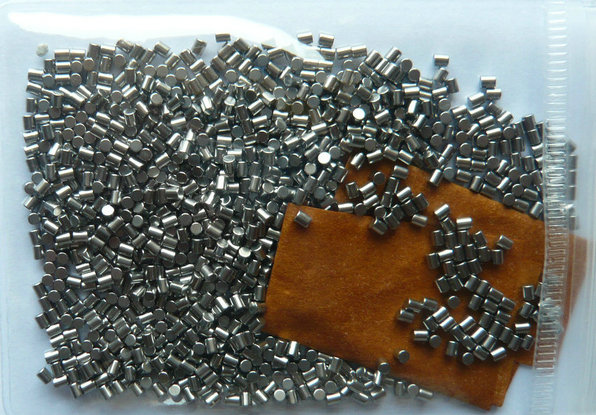
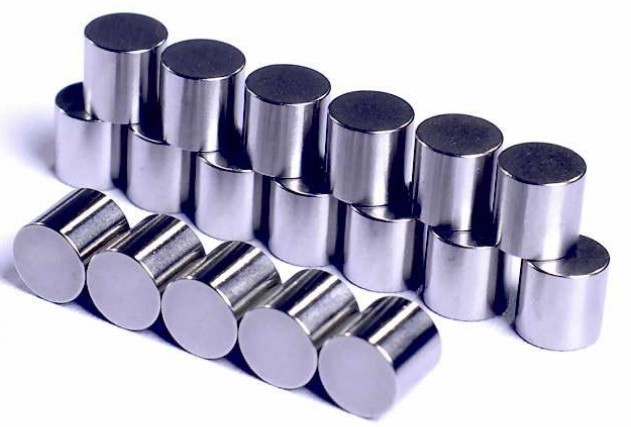
High-precision needle rollers and cylindrical rollers are typically manufactured using a combination of specialized machining and heat treatment processes. The specific manufacturing process used can vary depending on the desired properties of the rollers and the materials used. Here is a general overview of the manufacturing process for high-precision needle rollers and cylindrical rollers:
Finishing: Once the heat treatment is complete, the rollers may undergo additional finishing processes such as polishing, lapping, or surface coating. These processes are used to improve the surface finish of the rollers, ensure accurate dimensional tolerances, and reduce friction between the rollers and their mating surfaces.4,316,306AL,420,420C,440C etc. then tungsten steel, the newest ceramic material is silicon nitride (si3n4), or zirconium oxide(ZrO2) etc.2x2,2.2x2.2, 2.5x2.5,
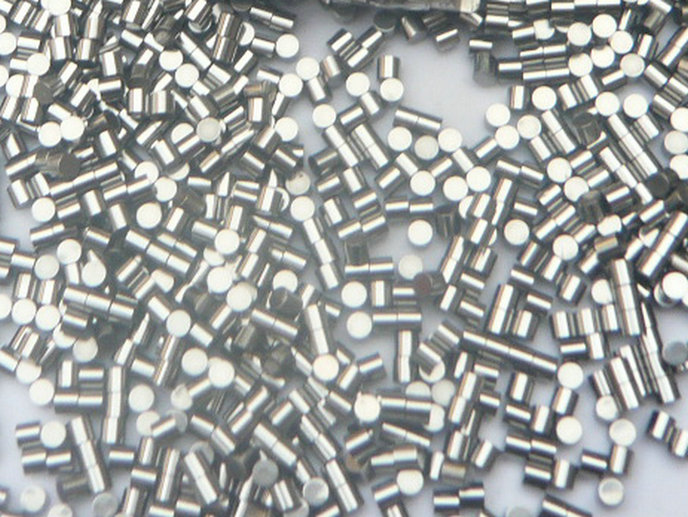
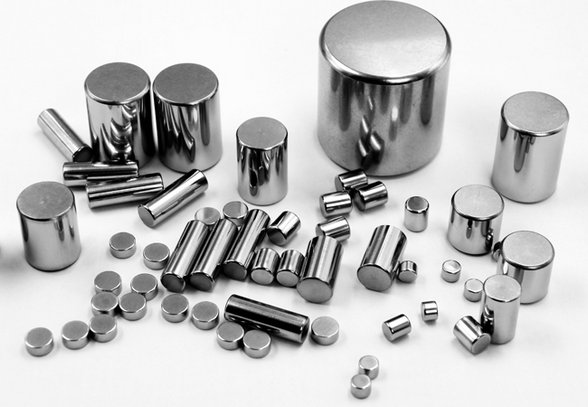
Overall, the manufacturing process for high-precision needle rollers and cylindrical rollers is a complex and specialized process that requires precision machining, heat treatment, and finishing techniques to achieve the desired material properties and performance characteristics.
High-precision needle rollers or cylindrical rollers are typically processed using specialized grinding machines rather than lathes. This is because grinding machines are capable of achieving very tight tolerances and surface finishes that are difficult or impossible to achieve with other types of machines.
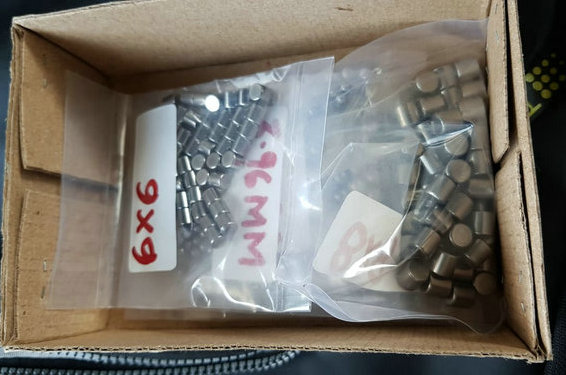
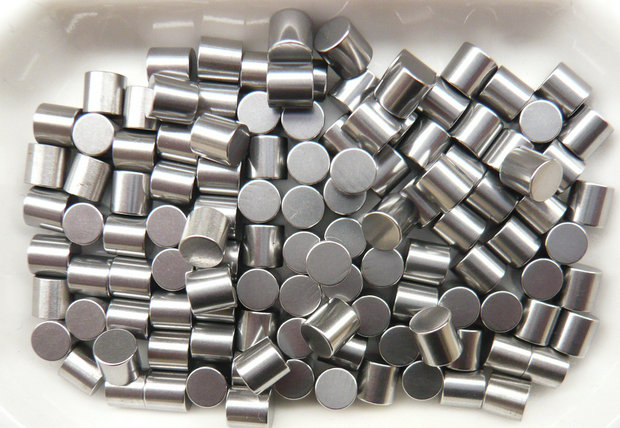
For example, centerless grinding machines are commonly used to produce high-precision cylindrical rollers, as they are capable of grinding the rollers to very tight dimensional tolerances and surface finishes. Thread grinding machines, on the other hand, are often used to produce high-precision needle rollers, as they are able to produce the precise thread form needed for these components.
High-precision needle rollers or cylindrical rollers and bearings are similar in that they both use rolling elements to reduce friction and facilitate motion. However, there are some key differences between these components. we are professional manufacture of bearing rollers and cylindrical needle rollers. we produce rollers of diameter 0.5 mm to 60 mm. the rollers could satisfy the request of DIN 5402 G2 rollers.
standard sizes of cylindrical rollers
| D*L | D*L | D*L | D*L | D*L | D*L | D*L | D*L | ||
|---|---|---|---|---|---|---|---|---|---|
| 1x1 | 1.2x1.2 | 1.5x1.5 | 2x2 | 2.2x2.2 | 2.5x2.5 | 3x1 | 3x1.5 | ||
| 3x2 | 3x2.2 | 3x2.5 | 3x2.7 | 3x3 | 3.5x5 | 4x6 | 4.5x4.5 | ||
| 5x5 | 5x10 | 5.5x8 | 6x8 | 6x12 | 6.5x9 | 7x10 | 7.5x7.5 | ||
| 7.5x11 | 8x10 | 9x9 | 9x14 | 10x11 | 11x11 | 11x15 | 12x14 | ||
| 13x13 | 14x14 | 15x15 | 15x22 | 16x17 | 17x17 | 18x18 | 18x26 | ||
| 19x20 | 20x20 | 21x21 | 22x22 | 22x34 | 24x24 | 24x36 | 25x36 | ||
| 26x28 | 28x28 | 30x30 | 32x32 | 34x34 | 36x36 | 38x38 | 40x40 | ||
| loose rolling elements, cylindrical rollers, precision rollers,bearings rollers only | |||||||||
- home
- products
- contact
- equipments
- needle rollers
- standard sizes needles stocks
- 1mm series
- 2mm series
- 3mm series
- 4mm series
- 5mm series
- 6mm series
- cylindrical rollers
- standard sizes rollers stocks
- 1mm series
- 2mm series
- 3mm series
- 4m~5mm series
- 6mm~7mm series
- 8mm~9mm series
- 10mm~12mm series
- 13mm~17mm seriess
- 18mm~22mm seriess
- 24mm~28mm series
- 30mm~40mm series